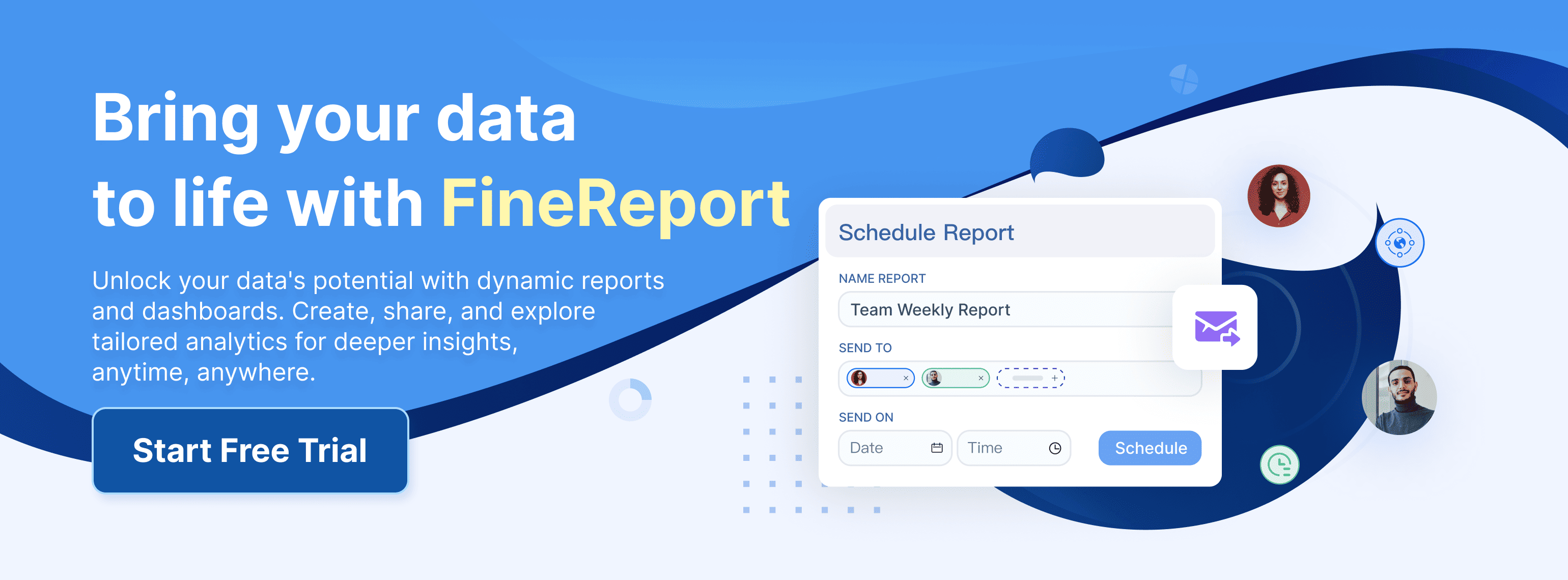ESG software plays a critical role in helping you achieve sustainability compliance and manage complex reporting demands. In 2025, you face a rapidly evolving regulatory landscape and increasing expectations for emissions measurement and sustainability reporting. Over 86% of large companies now disclose sustainability data, with Europe leading adoption. Many businesses struggle with fragmented data management and manual processes, which hinder emissions measurement and accurate sustainability reporting. With ESG software, you streamline sustainability compliance, automate data management, and ensure your sustainability data supports real-time decision-making.
The global ESG software market is projected to reach $2.16 billion in 2025, driven by regulatory mandates and technological innovation.
Why ESG Software Matters
ESG Trends in 2025

You face a rapidly changing landscape for sustainability compliance in 2025. ESG software now plays a central role in helping you meet new regulatory demands and industry expectations. Several trends shape the way you approach sustainability analytics and reporting:
- Global adoption of reporting standards such as GRI, SASB, and the EU Taxonomy pushes you to standardize your sustainability analytics and disclosures.
- Climate action and net-zero commitments drive you to use ESG software for emissions tracking and climate risk management.
- Social equity and workforce diversity have become key focus areas, so you need tools that reflect these priorities in your sustainability analytics.
- Technological advances, including AI, blockchain, and big data, enhance ESG software by improving data collection, reporting accuracy, and predictive risk management.
- Regulatory changes, especially in Europe and the US, require you to automate data aggregation and generate real-time, auditable reports.
You also see a shift toward sustainable software engineering. Energy-efficient coding and cloud infrastructure help you reduce your environmental footprint and improve ESG compliance.
Business Benefits
When you implement ESG software, you unlock a range of business advantages. You can centralize and automate ESG data collection, making it easier to track key sustainability analytics and meet reporting standards. This streamlining saves you time and resources while improving data accuracy.
- ESG software helps you measure ROI through cost savings, risk reduction, and operational efficiency.
- You gain the ability to benchmark your performance against industry standards and competitors.
- Automated reporting and visualization dashboards support better decision-making and proactive strategy adjustments.
- The software enables you to manage environmental risks and align your operations with sustainability compliance goals.
- You foster collaboration across teams and improve stakeholder engagement by sharing clear, transparent data.
Studies show that companies with strong ESG performance often see improved financial results, higher investor interest, and a stronger reputation. By using ESG software, you position your business for long-term growth, better risk management, and greater sustainability compliance.
Best ESG Software Solutions
Selecting the right ESG software can transform how you manage sustainability reporting, emissions tracking, and stakeholder engagement. In 2025, you have access to a wide range of platforms, each offering unique strengths in data integration, analytics, and compliance. Below, you will find the top ESG software solutions that stand out for their innovation, scalability, and ability to address evolving regulatory requirements.
FanRuan FineReport
You can rely on FanRuan FineReport for a comprehensive approach to ESG software. This platform excels in visual business performance monitoring, allowing you to detect trends and uncover new opportunities. You can create reports and dashboards with a simple drag-and-drop interface, making complex data visualization accessible to everyone in your organization.
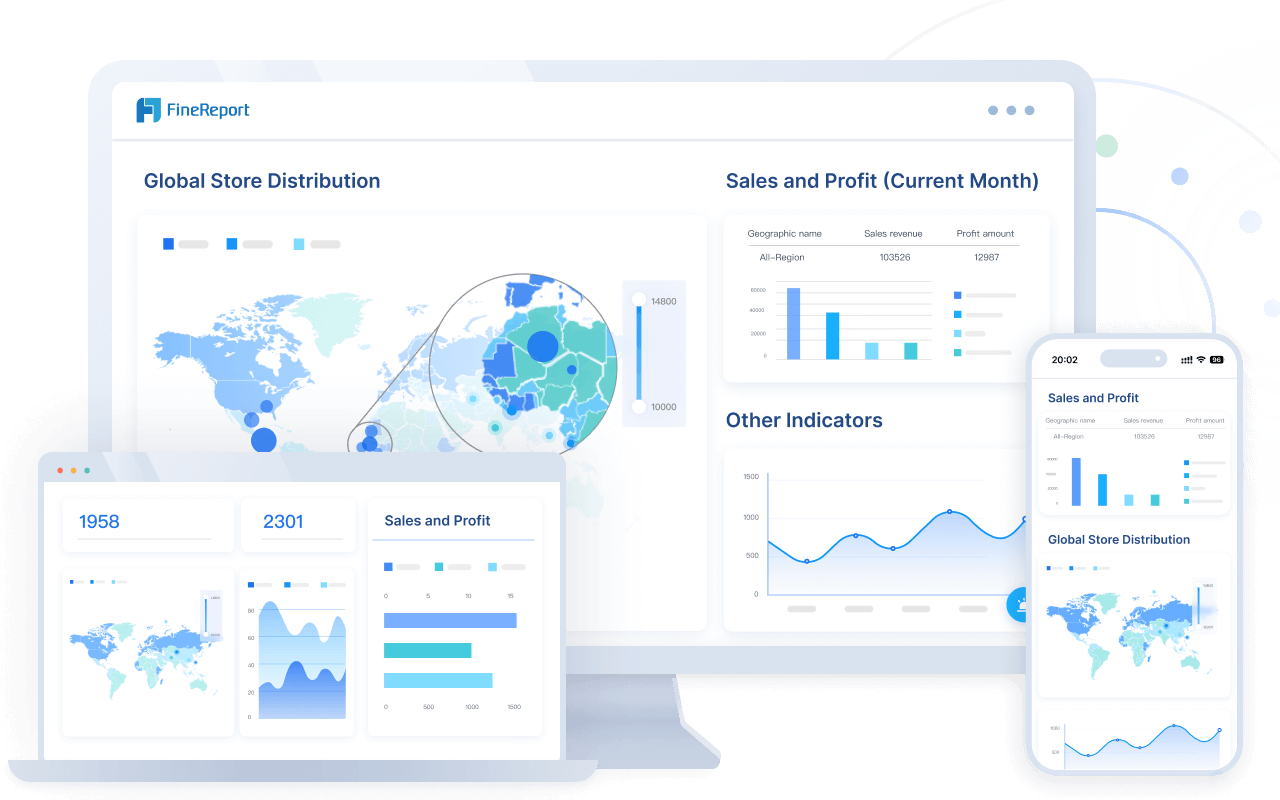
FineReport supports efficient data entry and validation, which ensures real-time updates for your ESG metrics. You can connect to all mainstream databases and combine data from multiple sources with a single click. This flexibility is essential for accurate sustainability reporting and for meeting the demands of carbon management tools. The platform offers a wide variety of proprietary HTML5 charts, including dynamic 3D effects, so you can present your ESG data in engaging ways.
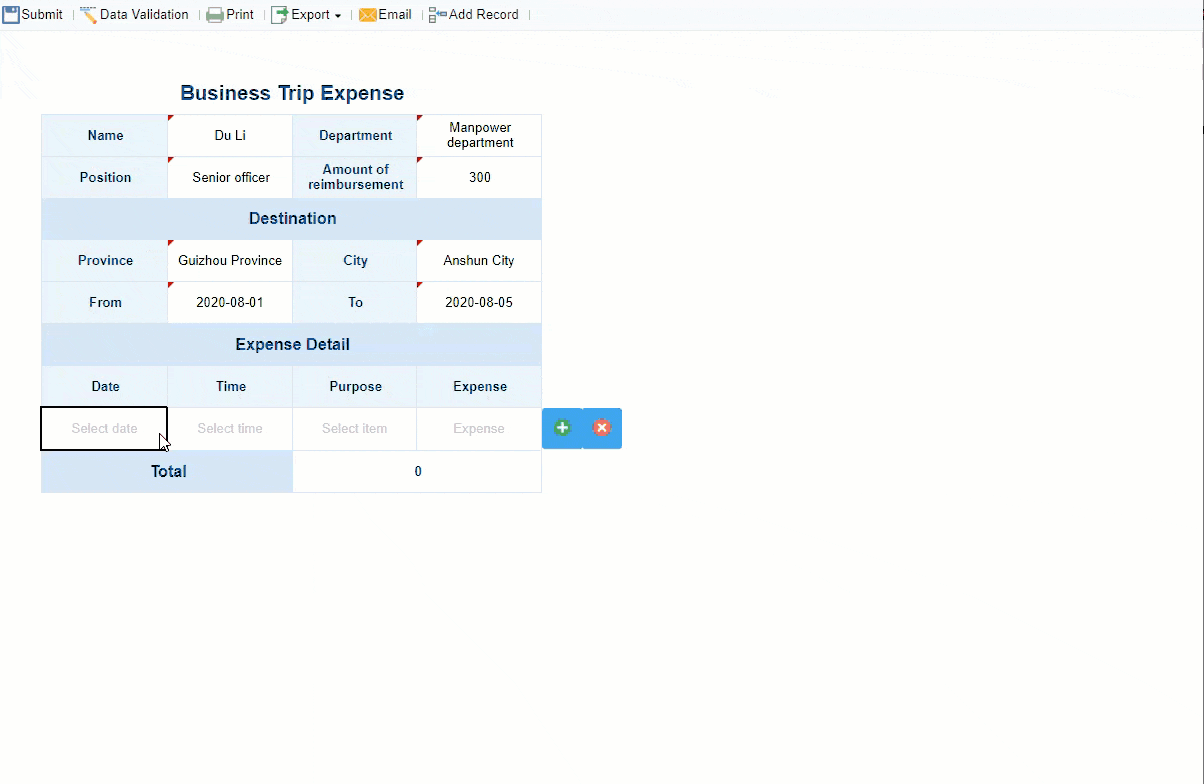
You benefit from open APIs and extensive customization options, which make integration with your existing business systems seamless. FineReport’s robust deployment and integration capabilities reduce operational costs and support continuous improvement cycles like Plan-Do-Check-Act (PDCA). You can also leverage mobile dashboards to monitor ESG performance on the go, ensuring you stay informed and responsive.
Tip: FineReport’s ability to centralize ESG data and automate reporting helps you streamline compliance and drive data-driven decision-making.
Workiva

Workiva stands out as a unified SaaS solution for ESG software, financial reporting, and governance, risk, and compliance (GRC). You can aggregate ESG metrics into a central repository and connect them directly to stakeholder reports, supporting frameworks like SASB and GRI. Workiva’s integration capabilities allow you to streamline data collection from multiple sources, including unstructured data.
You can assign tasks, set up notifications, and use review workflows to ensure data validation before finalization. The platform’s document editing and collaboration tools help you prepare and review reports efficiently. Workiva’s partnership with KPMG enhances compliance and risk management, giving you real-time insights for better decision-making.
You will appreciate Workiva’s ability to automate ESG data collection, reduce manual errors, and support robust internal controls. This makes it easier for you to maintain data accuracy and security while meeting regulatory requirements.
Workday

Workday targets large corporations and international organizations, making it a scalable choice for ESG software. You can integrate HR, financial, and ESG data to produce consistent, aligned reports. Workday automates carbon emissions measurement across Scope 1, 2, and 3, as well as social and governance indicators, giving you a comprehensive view of your ESG performance.
You can rely on Workday to support major ESG frameworks such as CSRD, GRI, and TCFD, ensuring compliance with international standards. The platform offers a modular ecosystem, including integrations with Pulsora, Workday Prism, and Adaptive Planning. You can also connect seamlessly with ERP and IT systems like SAP, Oracle, and Microsoft Cloud, which is essential for multi-site ESG data tracking.
Workday’s automation and integration features help you streamline regulatory compliance, assess governance risks, and manage your supply chain’s ESG performance. This makes it a robust solution for organizations seeking advanced carbon management tools and scalable ESG data management.
Benchmark Gensuite

Benchmark Gensuite provides a powerful ESG software platform focused on emissions measurement and regulatory compliance. You can track, record, and report air emissions from various sources, assign owners for compliance monitoring, and control emission sources according to site permits. Automated notifications keep you informed about emission requirements and exceptions, ensuring operational compliance.
You can aggregate and analyze Scope 3 emissions data, automate supplier outreach, and replace estimates with verified data. Benchmark Gensuite simplifies sustainability reporting by aligning with frameworks like GRI, CDP, and CRC. The platform’s mobile data input and intuitive workflows keep your teams engaged and informed at every step.
You benefit from audit-ready records, automated environmental data capture, and robust dashboards for data-driven decisions. Benchmark Gensuite’s integration options and repeatable reporting processes make it a top choice for organizations aiming to improve sustainability performance and meet complex regulatory obligations.
Prophix One
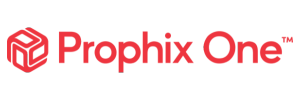
Prophix One delivers advanced analytics and reporting capabilities for ESG software. You can handle complex planning and large datasets with speed and precision. The platform connects with ERP, CRM, BI, and HRIS systems through pre-built connectors and APIs, streamlining data consolidation and analysis.
You can manage integrations independently using an intuitive interface, which reduces your reliance on IT support. Prophix One automates finance processes, improves data integrity, and supports multi-currency translation and regulatory reporting, including ESG disclosures.
You will find comprehensive data collection features, collaborative workflows, and scenario analysis tools that help you plan for changing regulations. Prophix One’s dashboards enable you to recognize patterns, personalize ESG data, and proactively navigate regulatory changes. This makes it a strong choice for organizations seeking end-to-end ESG reporting and advanced carbon management tools.
Note: When evaluating ESG software, consider criteria such as comprehensive data collection, advanced analytics, customizable reporting templates, integration with business systems, and efficient data management. These features ensure you can meet evolving ESG requirements and drive continuous improvement.
ESG Software Reviews
Features Overview
When you evaluate ESG software, you should focus on features that drive real business value. Leading platforms offer broad data processing capabilities, covering a wide range of ESG metrics. You benefit from collaborative tools that support teamwork across departments. Automation features, such as task assignments and data updates, help you reduce manual work. Reliable support for emissions measurement and reporting ensures you stay compliant with evolving regulations. User-friendly reporting tools, like drag-and-drop report creation, make sustainability analytics accessible to everyone. Scalability is important, so you can start small and grow as your needs expand. Many solutions also include carbon management tools for carbon footprint tracking and net-zero emissions tracking.
Tip: FineReport stands out with its advanced data integration, real-time emissions measurement, and mobile dashboards for ESG management. You can centralize sustainability data and automate sustainability reporting with ease.
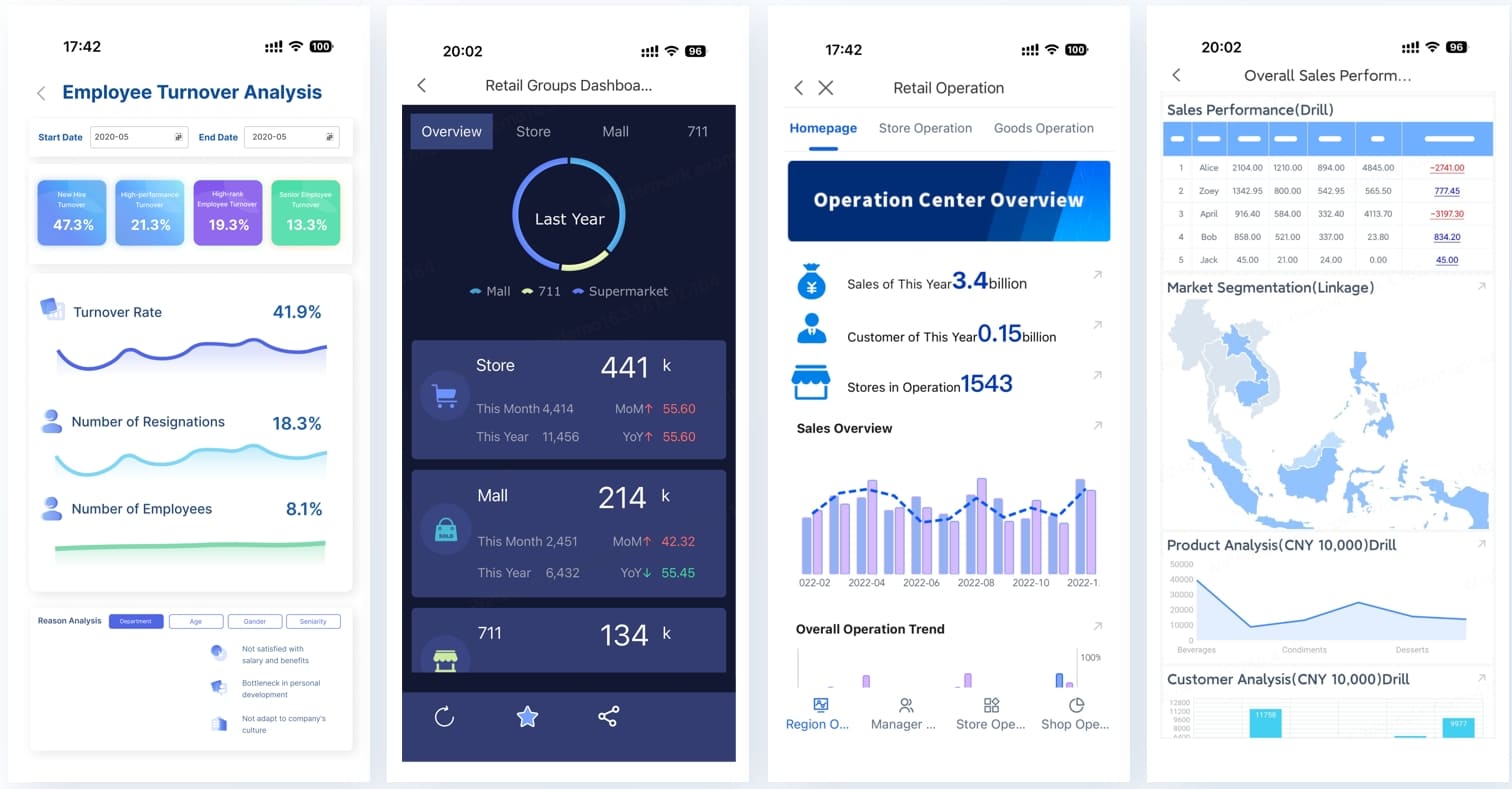
Integrations
Integration capabilities set top ESG software apart. You can connect your ESG platform with ERP, CRM, HRIS, and financial systems to centralize fragmented data. This approach improves data accuracy and compliance with reporting standards. Automated workflows and real-time analytics streamline collaboration and support timely ESG disclosures. When you break down data silos, you transform ESG reporting from a manual process into a strategic advantage. FineReport, for example, enables seamless integration with both cloud and on-premise data sources, supporting advanced carbon footprint tracking and emissions measurement. You can also leverage AI-powered automation to improve data quality and align sustainability analytics with financial goals.
Pricing
Most leading ESG software providers do not publish pricing online. You usually need to request a customized quote based on your company’s size, complexity, and specific needs. This approach can make quick budget planning challenging, especially for smaller businesses. Some platforms offer performance-based pricing, but most use a “price on request” model. When you evaluate options, consider the value of features like carbon management tools, emissions measurement, and net-zero emissions tracking in your investment.
| Platform | Pricing Model | Notes |
|---|---|---|
| FineReport | Price on request | Custom quotes based on requirements |
| Plan A | Price on request | Tailored to company needs |
| Workiva | Price on request | Enterprise-focused |
| Benchmark Gensuite | Price on request | Custom enterprise pricing |
| Prophix One | Price on request | Contact for details |
Use Cases
You can apply ESG software across many industries and scenarios:
- In manufacturing, you use carbon footprint tracking and emissions measurement to manage resource usage and improve sustainability analytics.
- Healthcare organizations monitor patient welfare, data privacy, and waste management using ESG software.
- Construction firms track material sourcing, manage waste, and ensure compliance with reporting standards.
- Media and NGOs use sustainability analytics to advocate for policy changes and hold companies accountable.
- Across all sectors, you automate data collection, manage risk management, and enhance stakeholder communication.
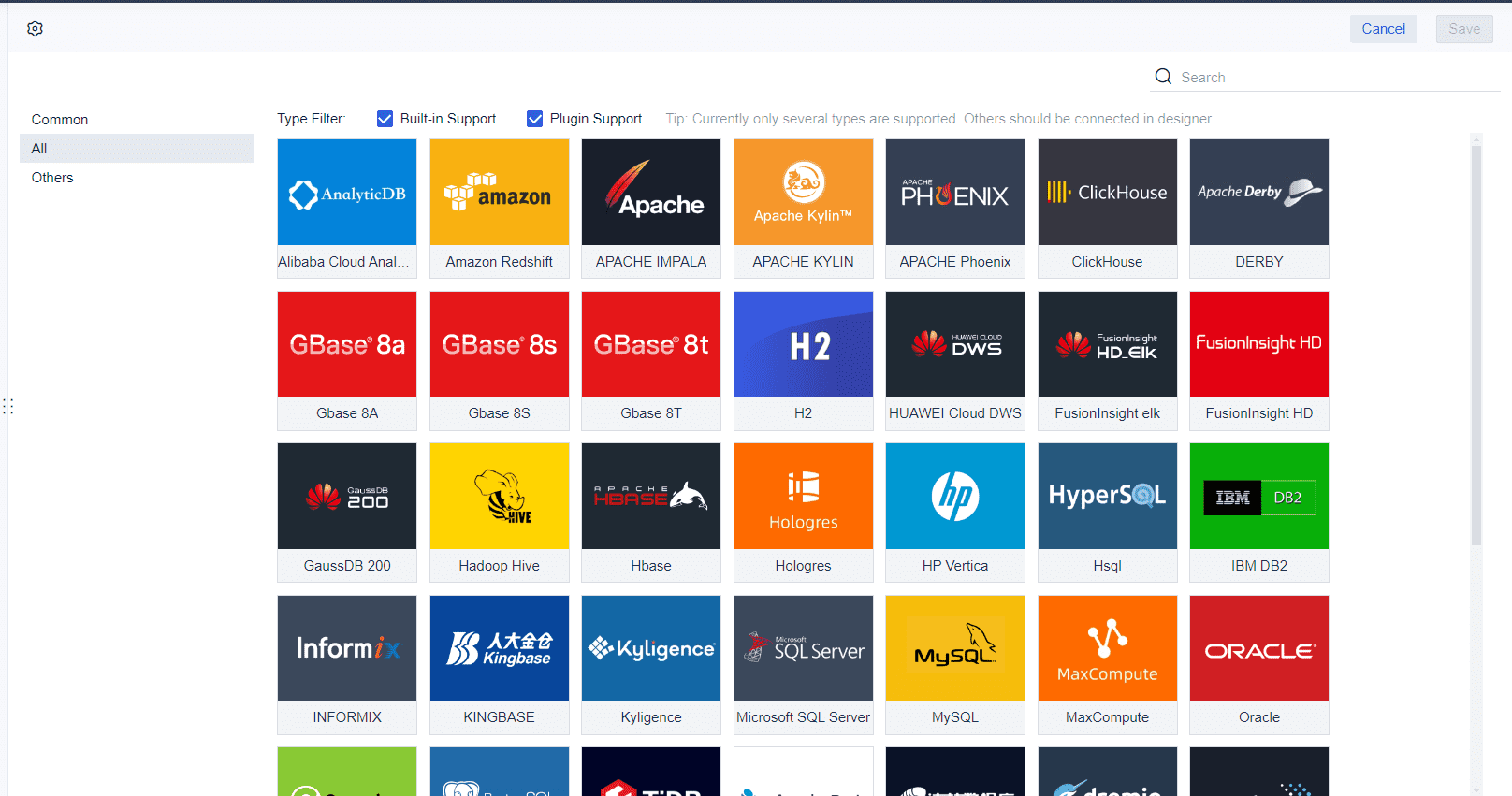
You gain the flexibility to address unique industry challenges, from net-zero emissions tracking to supply chain oversight. ESG software adapts to evolving regulations, helping you stay ahead in sustainability reporting and performance improvement.
ESG Software Comparison
Feature Table
You want ESG software that covers all your needs, from carbon footprint tracking to emissions measurement and compliance. The top platforms offer a wide range of features to help you manage sustainability data and reporting. Here is a quick comparison:
| Feature | Description |
|---|---|
| Data Collection | Gather data from multiple sources, including ERP and finance systems |
| ESG Reporting | Export reports in PDF, Excel, or CSV formats |
| Data Accuracy & Validation | Ensure reliable data with built-in validation and audit trails |
| Automated Reporting | Streamline reporting with scheduled and automated workflows |
| Integration | Connect with financial, HR, and supply chain systems |
| Customizable Templates | Tailor reports and dashboards to your business requirements |
| Advanced Analytics | Gain insights with real-time dashboards and scenario modeling |
| Compliance Management | Stay up to date with evolving regulations and standards |
| User-Friendly Interface | Access intuitive dashboards and easy-to-use tools |
| Carbon Footprint Tracking | Monitor and analyze your carbon footprint across all business activities |
These features support your efforts in carbon footprint tracking, emissions measurement, and net-zero emissions tracking.
Pricing Summary
Pricing for ESG software varies based on your company size, needs, and the level of support required. Many providers use a “price on request” model, so you need to contact them for a custom quote. Some platforms offer free trials or versions, which can help small businesses get started with carbon footprint tracking and emissions measurement. Large enterprises often require advanced features, robust security, and dedicated support, which can increase costs. Always consider the value of features like automated reporting, compliance management, and net-zero emissions tracking when evaluating pricing.
Tip: Start with a free trial if available. This lets you test carbon footprint tracking and emissions measurement features before making a commitment.
Integration Options
Integration is key for effective ESG management. Leading solutions connect with your existing ERP, CRM, and financial systems, making carbon footprint tracking and emissions measurement seamless. For example, some platforms offer API-based data collection, compatibility with hundreds of data formats, and automated workflows. You can also find modular platforms that support AI-assisted reporting and data mapping. These integration options help you centralize data, improve accuracy, and simplify net-zero emissions tracking.
- API-based data collection for real-time updates
- Compatibility with ERP, finance, and HR systems
- Automated supplier data collection and reporting
- Modular design for easy customization
You benefit from integration by reducing manual work and ensuring your carbon footprint tracking aligns with your business operations.
Emissions Measurement Features
Emissions measurement is a core function of ESG software. Top platforms provide comprehensive coverage of Scope 1, 2, and 3 emissions. You can automate data gathering through APIs and bulk imports, ensuring accurate and up-to-date carbon footprint tracking. Many solutions align with the GHG Protocol and use transparent, regularly updated emission factors. Strong data quality controls, such as validation rules and error detection, help you maintain reliable records.
Some platforms also support emissions target setting, scenario modeling, and decarbonization planning. You can set science-based targets and monitor progress toward net-zero emissions tracking. Expert guidance and educational resources are often available to help you maximize the value of your emissions measurement tools.
Note: Only a small percentage of companies measure emissions across all scopes. Specialized ESG software makes comprehensive carbon footprint tracking and emissions measurement much easier and more accurate.
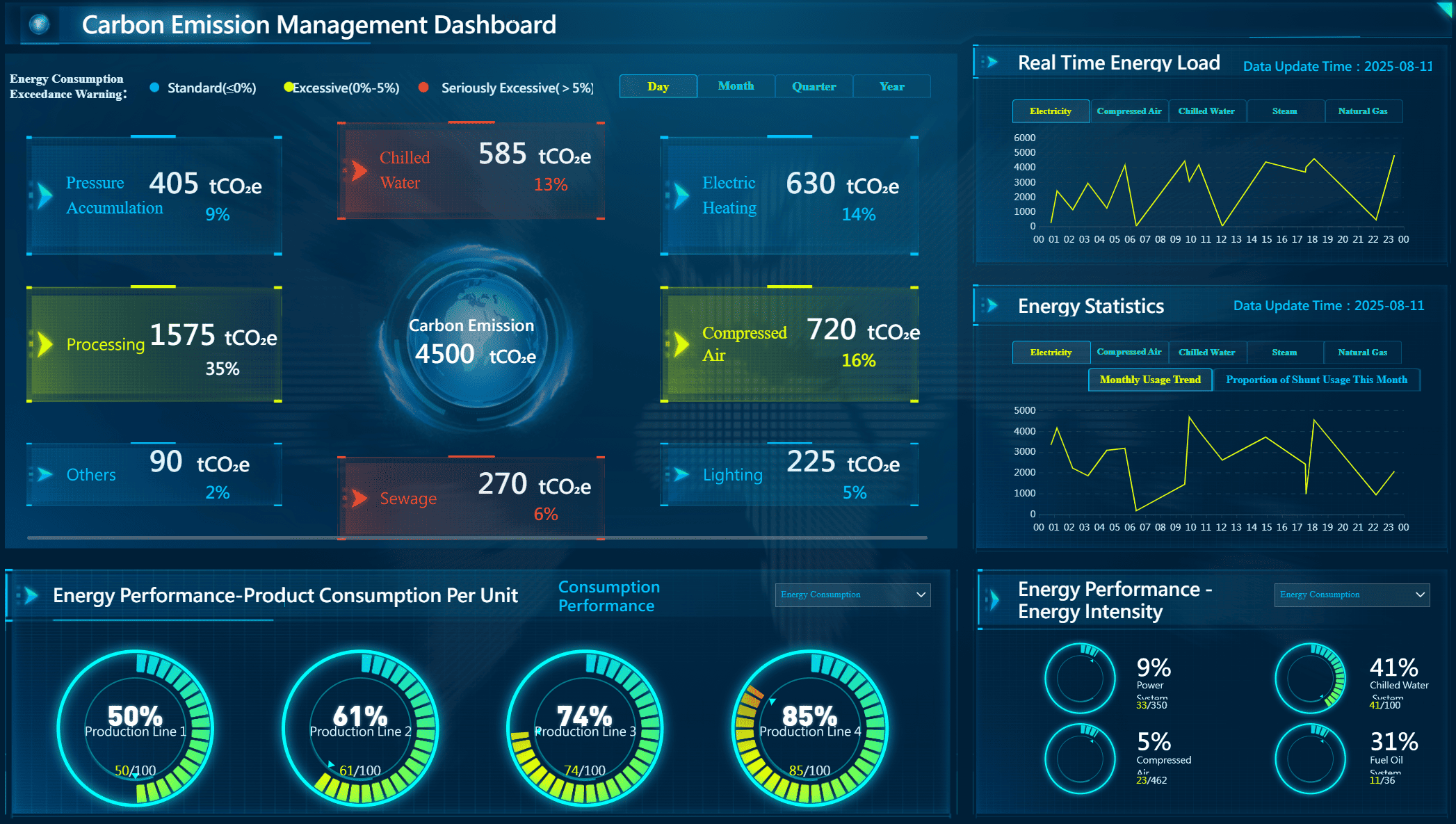
How to Choose ESG Software
Selection Criteria
You need to evaluate ESG software using clear criteria. Scalability matters because your business will grow and regulations will change. Look for platforms that support sustainability compliance across multiple regions and business units. Integration is essential. The software should connect with your ERP, HR, and financial systems to centralize ESG data. Emissions measurement features must cover Scope 1, 2, and 3, with automated data collection and validation. Compliance management tools help you keep up with evolving standards and ensure audit readiness. Reliable support and a strong vendor partnership will guide you through updates and new requirements.
| Criteria | Why It Matters |
|---|---|
| Scalability | Adapts to business growth and new regulations |
| Integration | Centralizes ESG and business data |
| Emissions Measurement | Tracks all relevant emissions scopes |
| Compliance Management | Ensures sustainability compliance |
| Support | Provides ongoing guidance and updates |
Practical Tips
Tip: Involve your stakeholders early and define your ESG goals before choosing a platform.
- Identify your company’s ESG priorities and business problems, such as sustainability compliance or carbon management.
- Select software that automates data collection, quality assurance, and reporting.
- Make sure the platform aligns with industry standards and provides contextual guidance for evolving ESG disclosure requirements.
- Choose solutions with built-in report builders and automated workflows to simplify reporting.
- Opt for benchmarking tools that let you compare performance with peers.
- Use platforms that facilitate stakeholder engagement with clear ESG insights.
- Consider integration with your current IT infrastructure for easier adoption.
- Factor in price and scalability. Modular solutions like FanRuan FineReport grow with your needs and support sustainability compliance as regulations change.
Common Mistakes
Many businesses treat ESG as a separate initiative. You should embed ESG principles into your core strategy to make sustainability compliance effective. Avoid relying only on internal data. Combine automated tools with human oversight for better accuracy. Do not view ESG reporting as a box-ticking exercise. Strategic integration adds value and credibility. Neglecting stakeholder engagement weakens your ESG efforts. Always communicate and gather feedback. Do not approach ESG reporting as a one-time task. Continuous improvement is key. Set realistic goals with clear roadmaps and resources. Using fragmented data sources like spreadsheets leads to errors. Delay in assurance readiness can hurt verification and credibility.
ESG software empowers you to drive business growth, ensure compliance, and achieve sustainability goals. By automating data collection and providing real-time insights, you improve efficiency and make informed decisions. You also strengthen your reputation and attract investors. To select the right solution, define your ESG objectives, evaluate features, and test demos. Consider platforms like FanRuan’s FineReport for comprehensive ESG management. Take the next step—explore solutions, consult experts, and position your business for sustainable success.
Click the banner below to try FineReport for free and empower your enterprise to transform data into productivity!
Continue Reading About ESG Software
Sustainable manufacturing explained and why it matters today
FAQ

The Author
Lewis
Senior Data Analyst at FanRuan
Related Articles

Top 10 Supply Chain Visibility Tools for 2025
Compare the top 10 supply chain visibility tools for 2025 to enhance real-time tracking, integration, and predictive analytics for efficient operations.
Lewis
Oct 29, 2025

Carbon Emission Management Explained and Why It Matters
Carbon emission management involves tracking and reducing greenhouse gases to meet regulations, cut costs, and protect the environment.
Lewis
Oct 12, 2025

What is Green Manufacturing and Its Key Principles
Green manufacturing uses eco-friendly processes to boost energy efficiency, reduce waste, and promote sustainable materials in production.
Lewis
Oct 10, 2025
